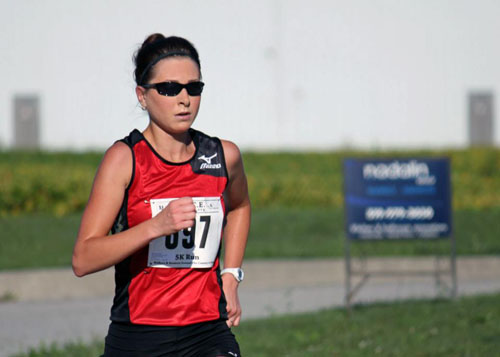
By: Karen Karnis
2012 has been a tough year for you, injury-wise. What have you been dealing with?
Initially I was diagnosed with a sacral stress fracture. After that had healed up (within 6-8 weeks) I was dealing with a lot of soft tissue inflammation in my shins, making it near impossible to run without limping. The shin pain was the most frustrating since it started just a few days before I raced Around the Bay, and within the weeks following the race the pain was so severe I thought it was another stress fracture. However, all diagnostic imaging tests showed only soft tissue involvement. The pain started in my left shin, eventually healed over the course of several months and “switched” over to my right shin for several more months. Running pain free, and finally staying pain free, began in October of this year.
When did you discover you were going to have to take some time off of running?
A few days after my 3rd place finish at the 2011 National Cross Country Championship I knew something was wrong. I was just doing some easier runs and I could feel a very sharp pain in my upper right glute. Running was impossible after trying to shake it out for a few more days. So it was the first week of December 2011 that I became sidelined. It was my first injury that forced me to take time off since my university running days.
What went through your mind when that happened?
I thought “Ok, now is as good a time as ever. You just came off a great full year of racing. You’ll heal up and be back before you know it. Everyone goes through this!” And more similar self-talk to try to calm my nerves . . .
What were your recovery strategies?
Initially it was to simply take time off and recover. It conveniently coincided with the traditional break I would usually take after a year of racing. However, once it became apparent that this injury was going to be persistent we looked at methods to build fitness without the impact of running. So to stress the cardiovascular system we used pool running and cycling on a stationary bicycle. The pool running also helped with mobility, since the underwater course of movement is very similar to that of running. In an attempt to maintain physical strength, while not weight-bearing, we employed a weight training routine in the gym twice weekly. As the injury persisted, we then looked at dietary supplementation of both calcium and vitamin D along with other general therapy practices such as chiropractic, acupuncture (specifically intramuscular stimulation), physiotherapy, and massage.
What kinds of training did you do while you were taking time off from running?
Generally, during the winter months when my sacrum was healing my training consisted of pool running in the early morning. Additionally, I was cycling on an indoor trainer to incorporate higher intensity workouts and longer rides. Weight training was also incorporated into my schedule twice a week.
In the spring and summer when my shins were the issue I moved onto a road bike (nice to be able to enjoy the weather and change of scenery), and rotated elliptical training into my cross-training regimen. I know that pool running is very beneficial and if you can do it then do it, but I was bored of the pool so it was important for me to change it up and rotate a few new cross-training methods into my routine. These changes were made primarily to maintain sanity.
What advice do you have for anyone reading this that is on a “time-out” due to injury?
I would say that your first priority should be to heal. I believe I initially focussed so much on maintaining fitness and cross-training intensively that my body took longer to heal — and it also made the whole process incredibly stressful. Know that you probably cannot maintain the exact fitness you were carrying before the injury, but that you will regain it! Additionally, don’t be afraid of mixing it up a bit by trying a few different cross-training methods until you find one or more that you enjoy. Lastly, it’s important to keep a positive attitude about the situation. There are numerous things you can glean from an injury “time-out”: your body can rest and regenerate and you can become aware of any weaknesses or imbalances you may have. This new knowledge allows you to focus on these areas so that you can return a stronger, more efficient runner!
You’ve recently been building your running back up – what is your strategy and how is it going?
The strategy is to steadily increase my mileage to adequate levels (though not quite to pre-injury levels yet) while also increasing the percentage of intense running. We also have a new focus on some of the fundamental running skills such as agility, balance, and coordination. Plyometrics, neuromuscular work, and mobility though dynamic stretching and hurdle drills are also being incorporated into my weekly schedule.
So far things are going quite well! It is exciting to “feel” like a runner again (it really did take some time for me to get my stride back). I still have a long way to go before I am ready to race in the spring but I truly believe I can get there. Our plan is to come back stronger and faster than before.
What are your major goals for 2013? Have you committed to any races yet, or are you waiting until they get closer to decide?
I am committed to racing Around the Bay this year and to the BMO Vancouver half marathon. I also plan on running the Vancouver Sun Run and the Canadian Half Marathon Championship in Montreal. Most importantly though I am looking to get back into healthy, regular racing! We have long term plans and certain targets that I would like to hit this fall, but we will look at the feedback from this spring to determine where we will progress to.
What have I not asked you that I should have?
I would like to add a big “THANK YOU” to Mizuno. Even throughout this past year of injury I received continued support during my journey back to health. I am very thankful to have them on our team!
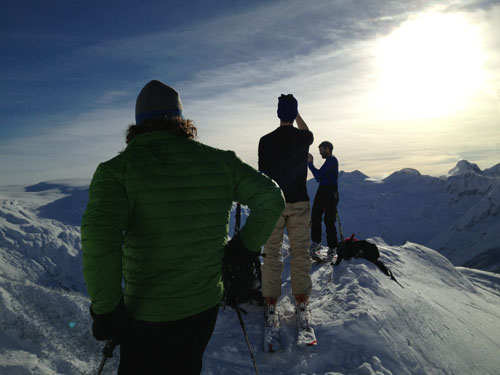
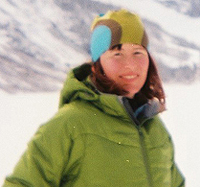 Born in Nova Scotia and emigrating to British Columbia via Ontario and Alberta, Magi has been running the entire way. Primarily defined as a cross country ski racer, Magi has competed nationally and internationally in that sport. The highlight of her career was competing in the World University Games and the World Cup races in Canada in 2007. Cross country skiers rely heavily on running for cross training and Magi has become an accomplished trail and mountain runner, representing Canada at the World Mountain Running Championships in 2005 and the winning numerous national championships medals.
Born in Nova Scotia and emigrating to British Columbia via Ontario and Alberta, Magi has been running the entire way. Primarily defined as a cross country ski racer, Magi has competed nationally and internationally in that sport. The highlight of her career was competing in the World University Games and the World Cup races in Canada in 2007. Cross country skiers rely heavily on running for cross training and Magi has become an accomplished trail and mountain runner, representing Canada at the World Mountain Running Championships in 2005 and the winning numerous national championships medals. 

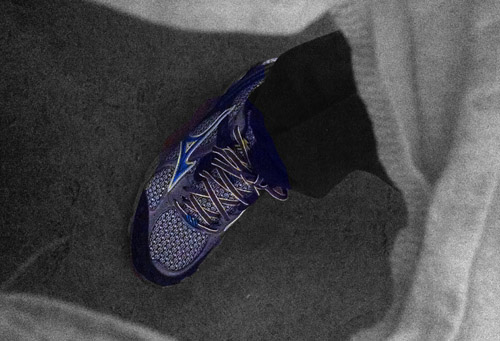
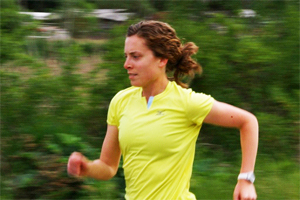
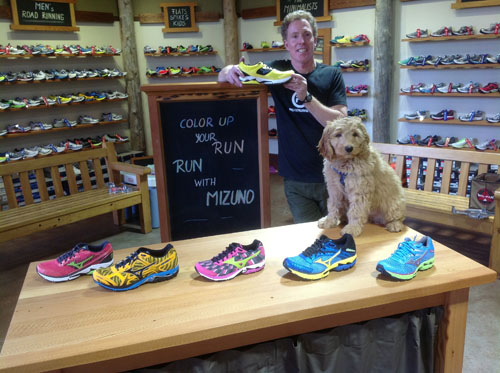

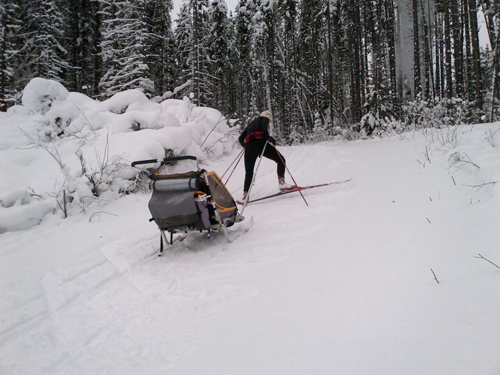

 Our Magazine
Our Magazine
